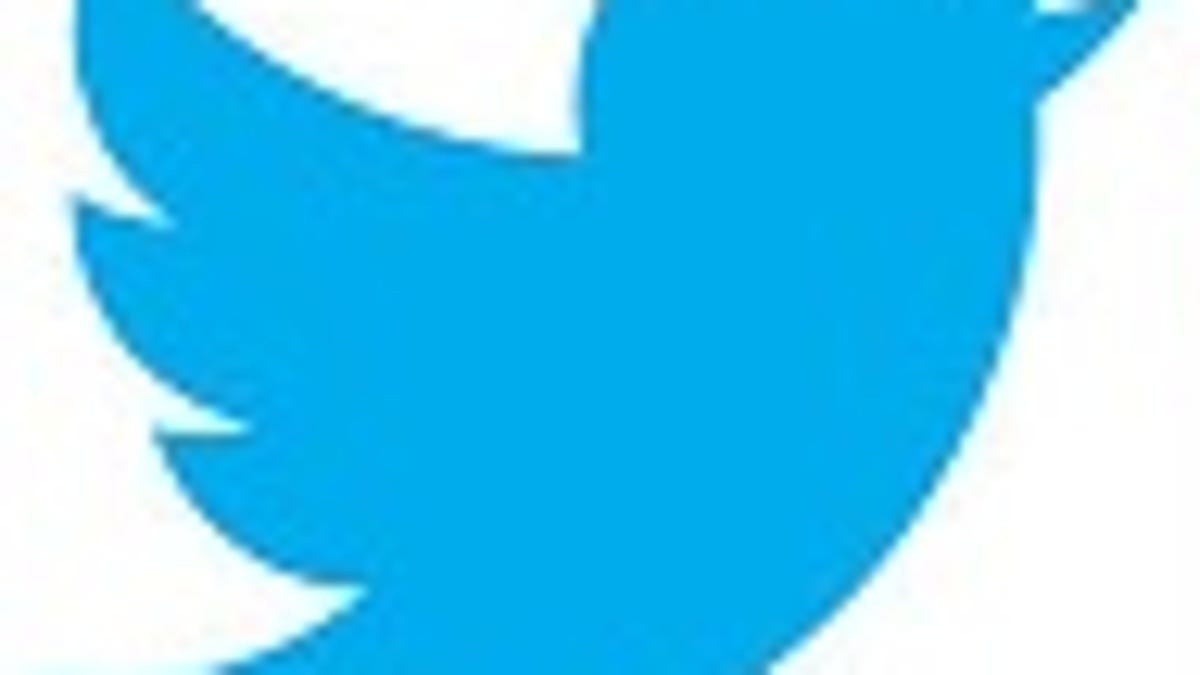How to get less e-mail spam from Twitter
Here's a guide that breaks down Twitter's e-mail notification settings so you can decide how often Twitter will contact you about activity on your account.

Twitter has added several new e-mail alert options, and these new settings are creating more e-mail traffic for you. Some of these notifications are useful, like an update about new followers or a direct message, while others are just an annoyance.
All of these new options are enabled by default and if you normally access Twitter from a mobile device, you may have missed the opportunity to disable them before the e-mail started coming. Thankfully, reducing the amount of unnecessary e-mail from Twitter is fairly simple through its Web interface.
To access Twitter's e-mail notifications, just log in to Twitter via a Web browser and click the Settings cog near the top right-hand corner of the Web page. Then, select Email notifications from the menu that appears on the left. This will open all of your e-mail options in one spot. Here are some notes on each option, so you can decide if you want to keep it enabled or not:
Activity related to you and your tweets
It's safe to say that you'll want most, if not all, of the e-mail notifications in the Activity related to you and your tweets enabled if you're running a personal Twitter account. However, you may want to make sure you're only getting alerts "By people [you] follow" instead of "Everyone."
If you're running a Twitter account for a business or brand, you may want to disable the follow notifications. In situations where an account has more than 30,000 followers, leaving these notifications on can turn into some heavy (and possibly unnecessary) e-mail spam throughout the week. In other words, use what works best for your business/brand in this situation.
Activity from your network
The lone option here relates to the weekly digest that Twitter rolled out a while back. "This summary features the most relevant tweets and stories shared by the people you're connected to on Twitter," according to Twitter's blog. Basically, tweets that are often re-tweeted or favorited will be included in this list.
If you're constantly checking tweet updates and mentions, this digest will probably only tell you things that you already know are popular with the people that you're connected to. That said, this option looks to be designed for the more casual Twitter user, or even someone new to Twitter. And if you fancy this setting, you may want to check out Sharon Vaknin's post about a better alternative to Twitter's weekly digest.
Updates from Twitter
This subsection is the major offender when it comes to spammy e-mail.
News about Twitter product and feature updates and News about Twitter on partner products and other third party services are very similar. Both of these options act as an official news release about changes in the Web interface, options, mobile applications, or how Twitter is interacting with other companies (partners or otherwise). In other words, if you read other technology news sites, you probably don't need an additional e-mail reminder about a new Twitter feature that is being discussed all over the Web.
Tips about getting more out of Twitter and Suggestions about people I may know on Twitter are another pair of similar settings. The first has the intent to teach you about features already in existence on Twitter, while the second attempts to help you find more people to connect with. Both of these are ways to make your Twitter experience more fulfilling, but if you're already a Twitter expert, they're probably just another e-mail to delete.
Things I missed since I last logged into Twitter is for the seriously casual user. I visit Twitter's Web site every day, so I have yet to see a single e-mail for my main account telling me what I've missed. However, on another account that I use for business, I don't visit the actual site very often, so Twitter thinks I'm missing out on some of the more popular tweets. In other words, this option sends you an e-mail similar to the weekly digest if you aren't logging into the actual Web site very often.
Participation in Twitter research surveys is an option for Twitter to send you a survey to help them improve features or user experience.
So there you have it, a breakdown of all the e-mail notification settings offered on Twitter's Web interface. Luckily, you can decide how often you want Twitter contacting you, so you can either be swimming in notifications or just dipping your toes in the river of tweets.

